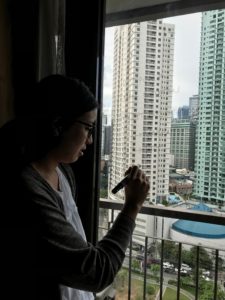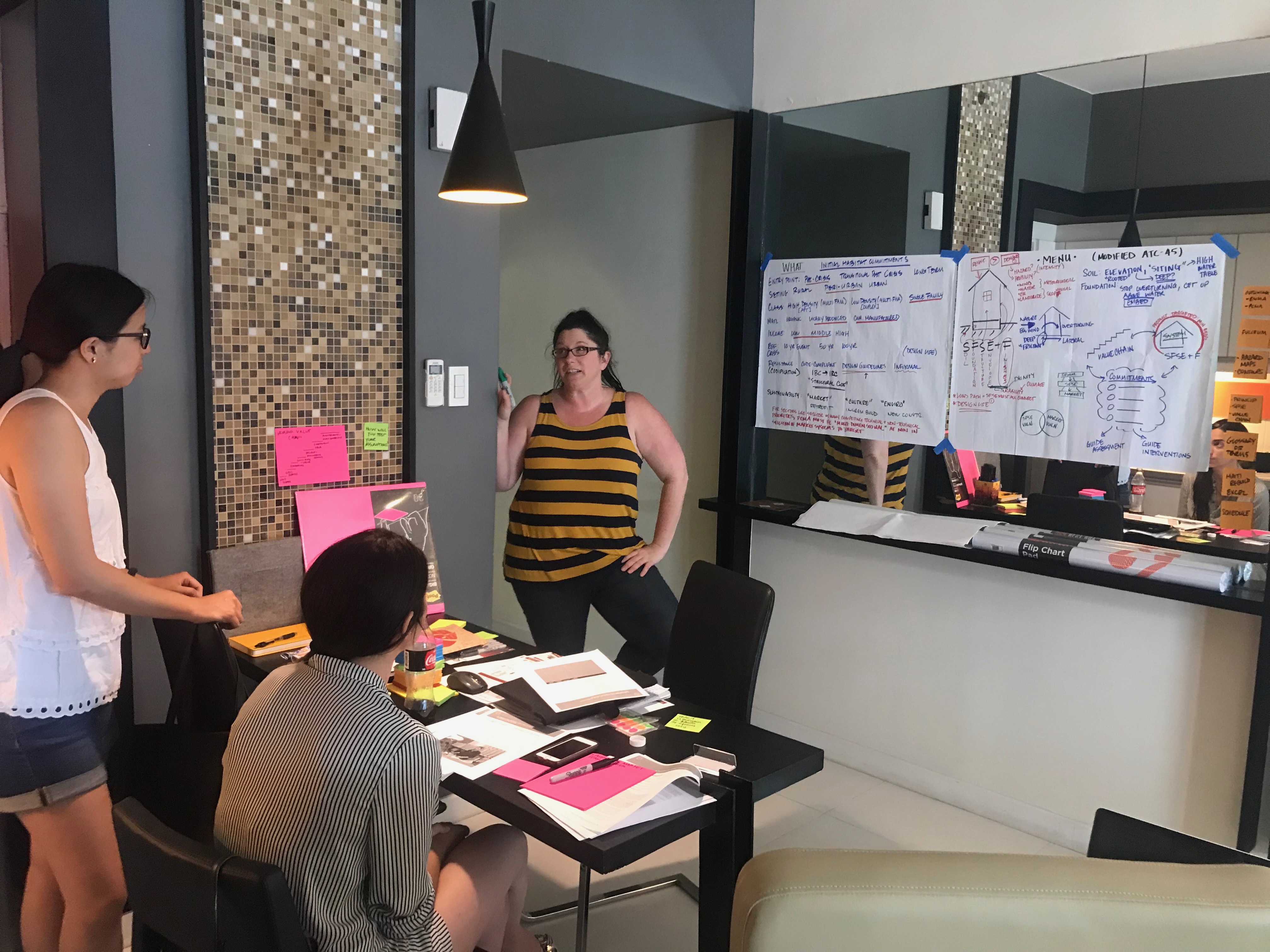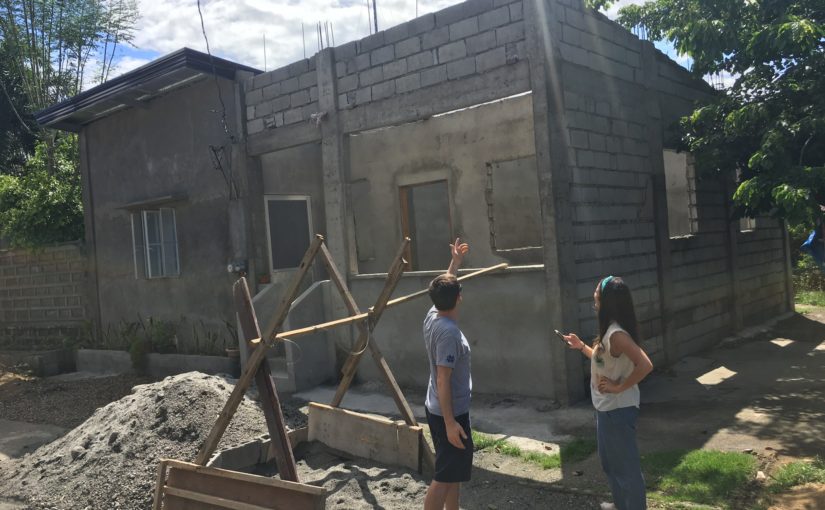by: Steven Wagner
Steven Wagner is working with the Terwilliger Center for Innovation in Shelter at Habitat for Humanity International. Steven and his teammates, Jenna and Juanita, will conduct pre-crisis market analyses for commodities and services in the housing sector, with the ultimate goal of drafting a toolkit for guiding humanitarian actors in replicating this analysis. The team is conducting fieldwork in the Philippines, one of the most vulnerable countries in the world to climate disasters.
If you are reading this blog entry hoping to learn about my first impressions of an exotic locale, or a description of the quaint local market that I walk through each morning, or my difficulties in acclimating to a foreign language and cuisine, then you are probably going to be disappointed.

I have only been in the Philippines for a few days as of writing this entry. To be more specific I have been staying in Makati City, the country’s financial hub located within the greater Metro Manila region. To be even more specific I have been living in a skyscraper, surrounded by more skyscrapers. Across the street from my hotel tower is an enormous complex of about nine different interconnected malls, likely occupying a few square kilometers of real estate.
MAKATAI CITY, THE FINANCIAL HUB

I wish I could share something that surprised me or that I found new and exciting about Makati, but to be completely honest, it’s quite similar to most financial centers around the world, what with its plethora of designer brands, wide variety of international cuisines, and looming office buildings. While the 100-degree heat and 90 percent humidity might feel unbearable, I have only had to bear it for a few minutes at a time, transitioning from the air-conditioned hotel to the air-conditioned office, both kept at a refreshing 20 degrees Celsius. In the “market” that I walk through each morning, I pass by Rolex on one side and Calvin Klein on the other. I can’t say I have been struggling without knowing the local language, because everyone I have interacted with so far speaks English. And I don’t even have to worry about getting accustomed to the local food; yesterday the Habitat staff took us out for Italian!
All in all, I feel like I’m living in luxury here, with similar access to what I could have in, say, Manhattan (though maybe the Italian food isn’t as great).
JUXTAPOSITION BEYOND MAKATAI
But while I relax in my air-conditioned skyscraper, about 350 miles away in Tacloban, Filipinos are still living without adequate housing after super-typhoon Haiyan destroyed their homes nearly five years ago.
And only about 20 miles from Makati, there are Filipinos living in abject poverty, residing in houses that would not withstand a major disaster.
Witnessing this disparity is flooring. Today, our Keough School advisor Tracy Kijewski-Correa (we were blessed to have her join us in the field for a few days) drove us out to Bulacan, a barangay (village) on the outskirts of Metro Manila, to study housing typologies typically built by and for people in the income level Habitat is targeting for its programs. We saw many examples of people clearly attempting to build structurally sound homes, but lacking the money, skills, or quality of materials to complete a shelter resilient to the types of disasters the country experiences regularly. In some cases we could actually see at what point the builder either ran out of money or simply stopped caring about structural durability: leftover and broken cinderblocks to fill gaps at the top of an otherwise well-laid wall, a high quality iron roof clumsily attached to the structure below.
When the funding runs out, builders have no choice but to take shortcuts. Unfortunately, the homeowners will pay dearly for those shortcuts, as these are the exact places where the structure will fail if a typhoon or earthquake strikes. A chain is only as strong as its weakest link; a house is no different.
The disparity really shouldn’t shock me—back home in the states one similarly would not even have to leave Manhattan to find a sizeable population of (note: greatly stigmatized) people lacking adequate shelter—but it remains jarring nonetheless. I accept that no individual effort on my part can possibly narrow this enormous gap in the Philippines. But if Habitat’s work can improve access to safe and affordable housing, addressing people’s most basic needs? Well, that would be a good place to start.

